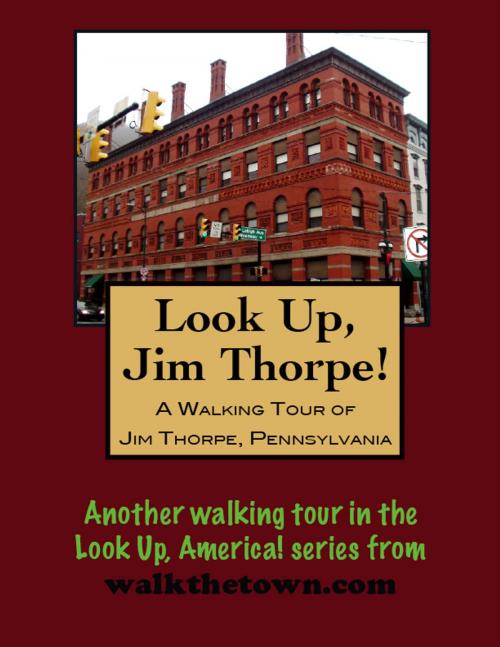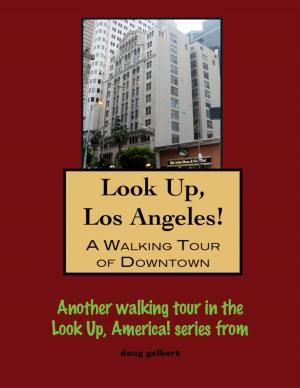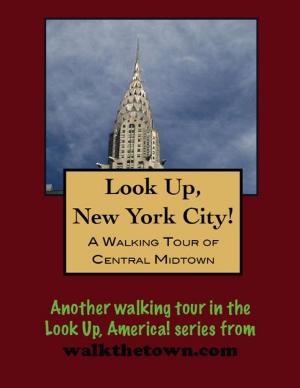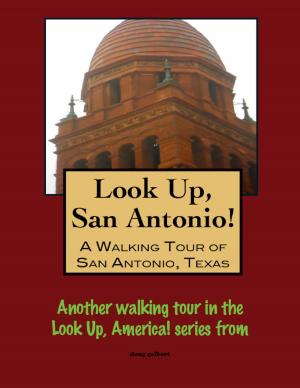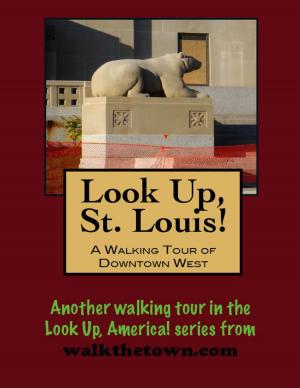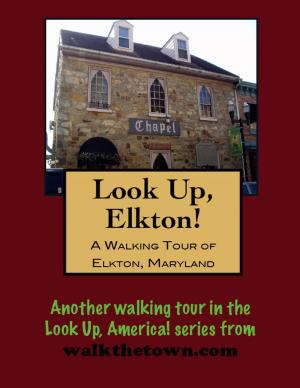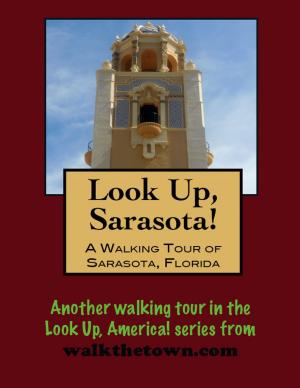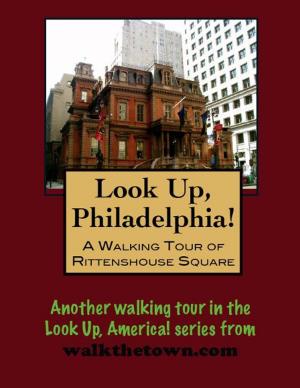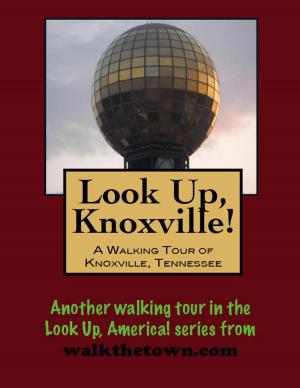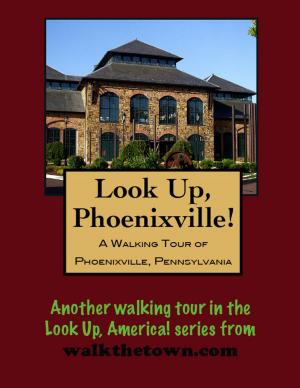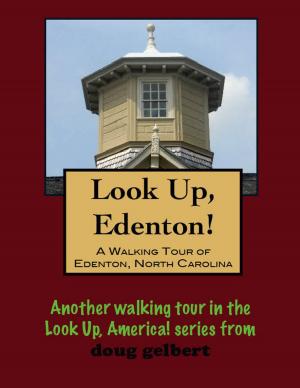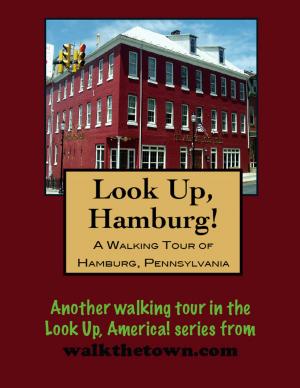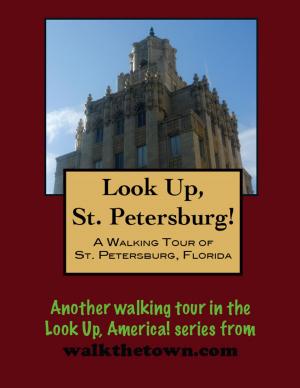| Author: | Doug Gelbert | ISBN: | 9781458037848 |
| Publisher: | Doug Gelbert | Publication: | February 8, 2011 |
| Imprint: | Smashwords Edition | Language: | English |
| Author: | Doug Gelbert |
| ISBN: | 9781458037848 |
| Publisher: | Doug Gelbert |
| Publication: | February 8, 2011 |
| Imprint: | Smashwords Edition |
| Language: | English |
There is no better way to see America than on foot. And there is no better way to appreciate what you are looking at than with a walking tour. Whether you are preparing for a road trip or just out to look at your own town in a new way, a downloadable walking tour is ready to explore when you are.
Each walking tour describes historical and architectural landmarks and provides pictures to help out when those pesky street addresses are missing. Every tour also includes a quick primer on identifying architectural styles seen on American streets.
In 1791 Philip Ginder went digging at Summit Hill to cut a millstone and found himself picking through underlying black rock. He took some of it to a local blacksmith to see if it would burn. When it did he also gave a sample to Colonel Jacob Weiss who took it to Philadelphia for analysis. The rock was anthracite and Weiss formed the Lehigh Coal Mine Company in 1792 to purchase some 10,000 acres of land in around Summit Hill. It’s one thing to own a mountain of coal, it is, however, quite another to do anything with it. At the time it was difficult to find a good road from city to city, let alone from the mountains of northeast Pennsylvania. And even if there was easy transportation, people were only using soft coal - there was no market for hard coal.
That changed during the war of 1812 and once there was a market for hard coal there had to be a supply. Josiah White devised a canal system that released needed freshets of water to float barges on the shallow parts of the Lehigh River and Mauch Chunk, an Indian word roughly translating to “Bear Mountain,” was founded in 1820. In 1828 coal excavated from the mines on Summit Hill began starting their ingenious journey to Philadelphia markets on America’s first gravity railroad. Gravity took unpowered wooden coal cars down a switchbacking rail into the town to meet barges on the Lehigh. Meanwhile, mules hauled the empty cars back up the mountain on a parallel track for the next load.
Steam power eventually replaced the mules but the gravity railroad lasted until 1933 - its final years spent as one of America’s first rollercoasters and a popular tourist destination for thrill seekers. Today it is a recreational hiker-biker trail.
Even though it was a coal town, Mauch Chunk entrepreneurs saw the value of their breathtaking mountain setting from an early date. In 1824, when there were only 19 log buildings in town, construction began on the Mansion House on Susquehanna Street, touted as America’s largest hotel. Within a decade the Broadway House and White Swan hotels would open and soon Mauch Chunk was billing itself as “America’s Switzerland.”
A fire swept through town in 1849, destroying most of the vernacular building stock. Mauch Chunk, by now flush with coal cash, went on a rebuilding spree that would last through the rest of the century. And that would be it for building in Mauch Chunk. The coal industry collapsed in the early 1900s and the coming of the automobile brought other, more fashionable, mountain resorts into easy reach. The town’s fortunes spiraled downhill - fast. An odd bargain to house the remains of Jim Thorpe, the greatest athlete of the first half of the 20th century, in exchange for renaming the town united Mauch Chunk with East Mauch Chunk in 1954 but never attracted the anticipated tourists.
It would be another generation before those tourists rediscovered the charms of Mauch Chunk and our walking tour will follow the narrow streets that have seen scarcely a modern intrusion since the coal boom days ended so many years ago...
There is no better way to see America than on foot. And there is no better way to appreciate what you are looking at than with a walking tour. Whether you are preparing for a road trip or just out to look at your own town in a new way, a downloadable walking tour is ready to explore when you are.
Each walking tour describes historical and architectural landmarks and provides pictures to help out when those pesky street addresses are missing. Every tour also includes a quick primer on identifying architectural styles seen on American streets.
In 1791 Philip Ginder went digging at Summit Hill to cut a millstone and found himself picking through underlying black rock. He took some of it to a local blacksmith to see if it would burn. When it did he also gave a sample to Colonel Jacob Weiss who took it to Philadelphia for analysis. The rock was anthracite and Weiss formed the Lehigh Coal Mine Company in 1792 to purchase some 10,000 acres of land in around Summit Hill. It’s one thing to own a mountain of coal, it is, however, quite another to do anything with it. At the time it was difficult to find a good road from city to city, let alone from the mountains of northeast Pennsylvania. And even if there was easy transportation, people were only using soft coal - there was no market for hard coal.
That changed during the war of 1812 and once there was a market for hard coal there had to be a supply. Josiah White devised a canal system that released needed freshets of water to float barges on the shallow parts of the Lehigh River and Mauch Chunk, an Indian word roughly translating to “Bear Mountain,” was founded in 1820. In 1828 coal excavated from the mines on Summit Hill began starting their ingenious journey to Philadelphia markets on America’s first gravity railroad. Gravity took unpowered wooden coal cars down a switchbacking rail into the town to meet barges on the Lehigh. Meanwhile, mules hauled the empty cars back up the mountain on a parallel track for the next load.
Steam power eventually replaced the mules but the gravity railroad lasted until 1933 - its final years spent as one of America’s first rollercoasters and a popular tourist destination for thrill seekers. Today it is a recreational hiker-biker trail.
Even though it was a coal town, Mauch Chunk entrepreneurs saw the value of their breathtaking mountain setting from an early date. In 1824, when there were only 19 log buildings in town, construction began on the Mansion House on Susquehanna Street, touted as America’s largest hotel. Within a decade the Broadway House and White Swan hotels would open and soon Mauch Chunk was billing itself as “America’s Switzerland.”
A fire swept through town in 1849, destroying most of the vernacular building stock. Mauch Chunk, by now flush with coal cash, went on a rebuilding spree that would last through the rest of the century. And that would be it for building in Mauch Chunk. The coal industry collapsed in the early 1900s and the coming of the automobile brought other, more fashionable, mountain resorts into easy reach. The town’s fortunes spiraled downhill - fast. An odd bargain to house the remains of Jim Thorpe, the greatest athlete of the first half of the 20th century, in exchange for renaming the town united Mauch Chunk with East Mauch Chunk in 1954 but never attracted the anticipated tourists.
It would be another generation before those tourists rediscovered the charms of Mauch Chunk and our walking tour will follow the narrow streets that have seen scarcely a modern intrusion since the coal boom days ended so many years ago...
